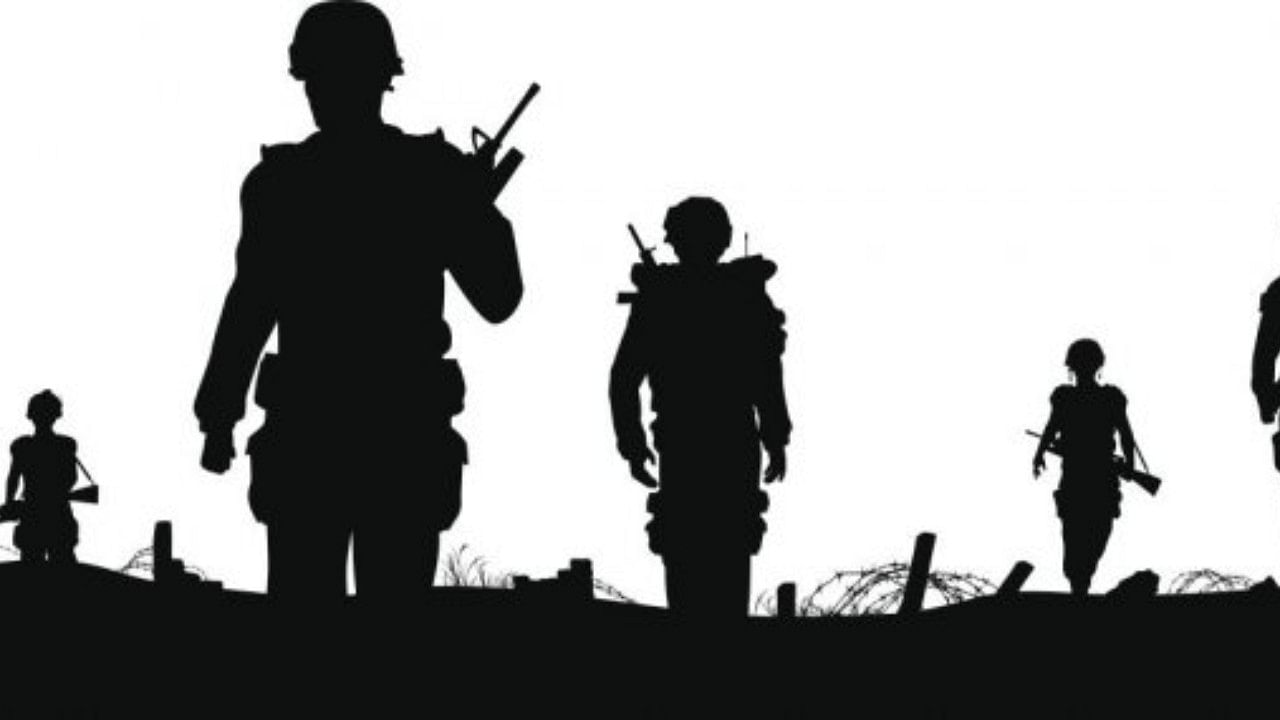
In the early 1960s, Capt. (Dr) Rajagopal was the only doctor for about seven streets in West Mambalam. He was a big bear of a man. He served in the medical corps during British rule. He had seen more war theatres than operation theatres. “With these hands of mine, I removed countless bullets from my fellow soldiers’ bodies,” he often boasted. He never missed an opportunity to praise his British superior officers. “I learned so much from them. We were better off under British yokes than we are now under these porambokes,” he repeatedly told my freedom fighter father.
His specialty was the dressing of wounds, though he attended to patients with any ailment. He liked rubbing into wounds, especially on boys’ knees. Tears from the boys somehow made him laugh. But he possessed a magic touch when it came to treating wounds. “How come our wounds heal so quickly when we come to you?” I asked. “It’s cleaning that makes the difference. There should not be a speck of pus nor a bit of dead skin.”
As a boy I had myself had the taste of his art of cleaning wounds when I sustained a cut on my head. He scrubbed and rubbed into the wound for several minutes. In the midst of pain, I asked him sarcastically, “Doctor, is my brain visible?”
“Who told you you have brains?” was his quick retort.
He would discuss not only your illness but also everything about your family, your neighbour, and fresh local gossip. Many of his female patients found in him a great sympathetic listener to the tales of their untold sufferings at the hands of their daughters-in-law. He kept a five-step wooden-shelf on a large table, on which he neatly arranged bottles of liquid medicines (draughts). In the nearby cupboard, several tins of tablets were kept. He never wrote prescriptions. He always made his own preparations. In those days, you had to carry a graduated bottle for mixtures when you went to the doctor. When it came to tablets, Dr Rajagopal would first powder them on a marble slab with his knife, divide the powdered tablets into several portions, roll them in paper pieces, and give them to you. You would never know what tablet you were taking.
Apart from his way of dressing wounds, his patients dreaded receiving injections from him. He would prepare the syringe as if he were readying a rifle. He would fix the needle to the nozzle of the syringe, draw out the medicine from the vial, and come to you to make the assault.
Though Dr Rajagopal had a very old Studebaker car, he seldom took it out of his garage. He always did his house calls on his old BSA bicycle with a very high saddle and his Gladstone bag hanging from its handlebars. He belonged to a generous generation of doctors who never practised for money.